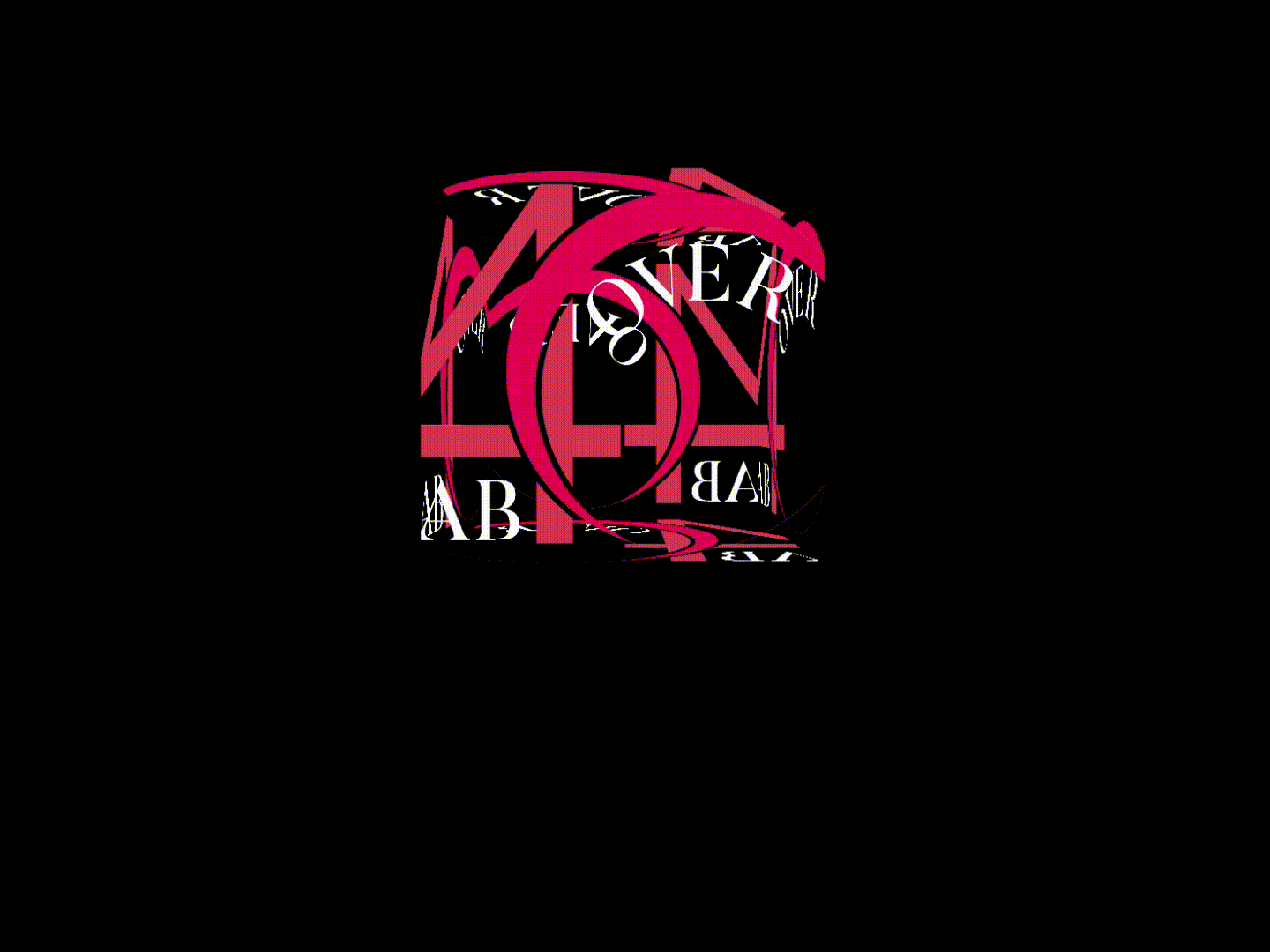High Fat Low Carb (HFLC) Diets, A Solution for Weight Loss and Aging?
Is what we’re eating nowadays accelerating the aging of our bodies and minds? It appears the answer to this question could be yes. This is good news because what we eat is something we can take control of. Growing scientific evidence intriguingly suggests we need to turn the traditional dietary advice from the medical community upside-down.
Numerous research studies now show that high-fat and low-carb (HFLC) diets can help people lose weight. It may also reverse chronic diseases, such as diabetes. In fact, an HFLC diet seems to be even more effective than the traditional recommendation of a high-carb, low-fat diet (HCLF), commonly advocated by advertisements, not to mention many doctors and dietitians as well. This may seem completely counterintuitive: Isn’t eating fat going to cause a person to gain fat?
How we got to this sugar-addicted state
Let’s take a step back to understand how we ended up here in the first place.
In North America, the typical diet consists of moderate fats, high carbs, and moderate protein in an average ratio of about 30:60:10. This wasn’t always the case, however. The “Western diet” has changed significantly since the 1960s, when saturated fats began to be demonized as unhealthy, and the medical community began to support the consumption of carbohydrates (sugars). This was supported by the powerful sugar industry that created processed foods laden with sugar and trans fats. A 2017 report in the journal PLOS Biology exposed the impact of these powerful sugar lobbies on dietary recommendations (think burying data about sugar’s harmful effects and comparisons to tobacco industry tactics).
Sadly, many of us have developed a sugar addiction. Research by Dr. Nicole Avena, a research neuroscientist at the New York Obesity Research Center at Columbia University, has shown that the brain treats sugar like it treats other addictive substances such as heroin, alcohol, and cocaine. Let that sink in: Sugar is like a drug and causes the same chemical reactions in the brain as other addictive drugs.

The Sugar Addiction and Its Impact on Obesity
This sugar addiction is linked to the current obesity epidemic and chronic diseases like arthritis, diabetes, and Alzheimer’s. Basic science physiology helps to explain this: The body makes energy from food to sustain all of the cellular processes, including thinking, seeing, moving your arms and legs, and even digesting your food. That energy comes from the conversion of glucose into adenosine triphosphate (ATP). Our cells use ATP as their energy source.
When we eat carbohydrates, we break the carbohydrates down into glucose, which is then used by our body. The food is broken down into glucose in our bowels, but it then needs a critical agent in order to be used by the body. This is insulin. Insulin is essential for glucose to be absorbed into cells. When you don’t need more glucose for energy needs, insulin will convert the glucose into glycogen, which gets stored in fat cells and muscles for later use.
The problem comes when we start eating too many carbohydrates (processed sugars, bread, rice, etc.). The body doesn’t know what to do with the excess energy and uses insulin to store it as fat. And to top it off, the type of fat that it gets stored as is “white fat” — this is the type that situates around your belly and organs. This is different from “brown fat,” which is used to keep your body warm.
In this scenario, you may lose weight by cutting down your calories to 1,200 daily, but this tactic sets you up for failure with rebound weight gain. This rebound weight gain happens because the body naturally responds to starvation by slowing the metabolism. So, one of the worst things you can do if you want to lose weight and keep it off is go on a high-carb, low-fat diet. You may lose weight for the first few months, but once you stop, the pile back on.
Breaking this vicious cycle with a ketogenic diet
Let’s get back to the evidence showing that HFLC diets work really well to lose weight, even better than traditional diets.
The key to understanding why HFLC works is the fact that your body can also use “fat for fuel.” Ketones are the name for these fats. When the body doesn’t have glucose available, it will begin to burn fat as energy. It does this by breaking fat down into ketones, which are then converted into ATP.
To burn fat for fuel, your body must have little or no insulin. Remember, insulin is secreted by your body when you eat carbs (sugars, bread, pasta, rice, fruits, etc.). This means you have to cut carbohydrates down to less than 50 grams per day to have the maximum amount of fat-burning occur. When our bodies burn ketones for fuel, scientists describe this as being in “ketosis.” Contrary to certain suggestions, most consider being in ketosis as safe and healthy. To use fat as the primary fuel for our bodies.

Indeed, it appears that our bodies function best when they alternate between using fat (ketones) and carbs (glucose) for fuel. Imagine your hunter-gatherer ancestors being able to catch a large animal for food and then being without food before the next big catch. Also, fruit and other carbs like root vegetables would only be available at certain times of the year.
Fat as Fuel
A ketogenic diet refers to a specific diet that utilizes fat as fuel. In a typical keto diet, roughly 70 to 80 percent of calories come from fat. Ten to 15 percent come from protein. Five to 10 percent come from carbohydrates. The diet limits carbohydrate intake to approximately 50 grams on a 2,000-calorie plan.
While, for many, it’ll definitely be a significant shift in how you eat, go ahead, and take the plunge. Your body and your brain will thank you for it.
HOW TO EASE INTO A KETOGENIC DIET
Cutting carbohydrates to under 50 grams per day for the ketogenic diet may not be easy. Many of us have become used to the high-carb way of eating. Start slowly by following these four simple steps:
- Reduce or remove any processed foods that have added table sugar, such as cookies and baked goods.
- Reduce or remove bread and pasta.
- Increase healthy fats, such as eggs, avocados, and coconuts.
- Increase green vegetables, such as broccoli, kale, and spinach.
If you end up having a chocolate chip cookie, a slice of bread, or a bowl of pasta, don’t beat yourself up. It takes time for your body to adjust to a new way of eating and to get better at using fat for fuel. Initially, you’ll likely feel tired and irritable and may have headaches. This will subside after a few days. People generally describe a sense of the brain fog lifting and having more energy than ever before.
Follow us on Facebook.
Follow us on Instagram.
Subscribe to our Youtube channel.
















